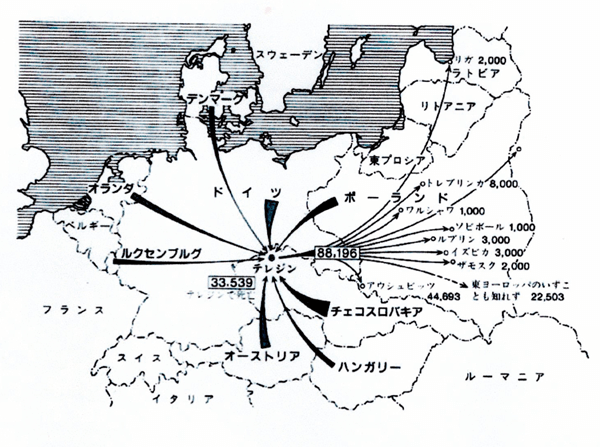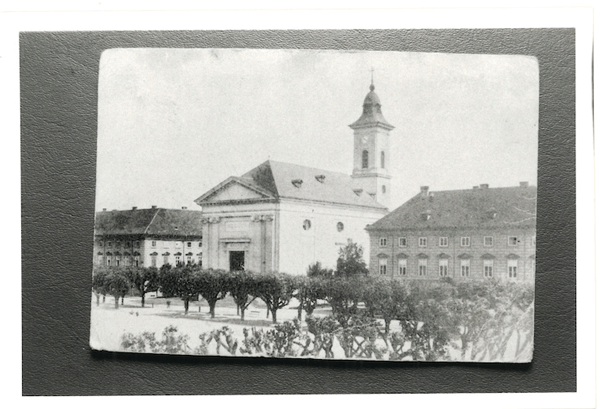Terezín, a small town with a population of about 6,000 at the time, was located 60 km north of Prague, the capital of Czechoslovakia. It became a concentration camp town from 1941 to 1945, when 90,000 people—more than 10 times the original population—were interned there. The beautiful town, which boasted churches, schools, restaurants, flower shops, and candy shops surrounding a park, was overflowing with people, and barracks were built in the parks and on the streets. Those who could not fit in the barracks slept on the steps in front of the buildings or on the side of the road. Of course, water supplies or toilets were not enough. The buildings and roadsides were filled with garbage and filth.
Some of those who believed the German decree that “Jews will be sent to a place where only Jews can live in peace” came wearing silk hats and carrying large suitcases filled with silverware and lace tablecloths. Such people could not help but realize that their place of residence was not a place where they would “live in peace” when they passed through the gates of Terezín and had all their belongings taken away.







